 Over the past few years, NSW authorities have had a major focus on drink driving. However, a new threat has emerged that will need serious attention in the years ahead – drug driving.
Over the past few years, NSW authorities have had a major focus on drink driving. However, a new threat has emerged that will need serious attention in the years ahead – drug driving.
It is important to remember that your CTP insurance will cover you if you were in an incident with a drug driver, but the circumstances are less clear if you are the party in the wrong.
Drug driving involves motorists driving after taking one of the following substances: cannabis, methamphetamine, ecstasy, cocaine or an overdose of individual prescription medicines. However, many drivers have a combination of two or more in their system.
Authorities are encountering more drivers who are under the influence and are a danger to other road users.
Read More
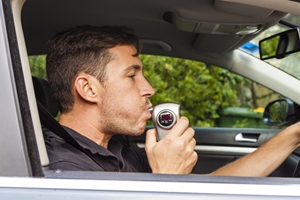 Repeat drink driving offenders will find themselves faced with an additional hurdle before they start their engines from next month.
Repeat drink driving offenders will find themselves faced with an additional hurdle before they start their engines from next month.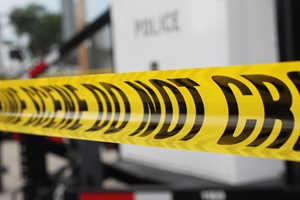 It’s not the way police wanted to start the year.
It’s not the way police wanted to start the year.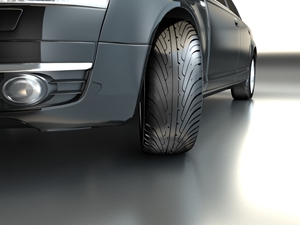 There is no doubt that the Australian automotive industry had a rough 2014. From difficult market conditions to lower consumer confidence, some insiders had written off the year even before its halfway mark.
There is no doubt that the Australian automotive industry had a rough 2014. From difficult market conditions to lower consumer confidence, some insiders had written off the year even before its halfway mark.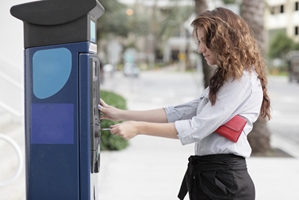 Across Sydney and other parts of NSW, parking can be difficult and expensive.
Across Sydney and other parts of NSW, parking can be difficult and expensive. As 2015 approaches, dozens of manufacturers are eagerly waiting for the start of the new year to release their next generation of models.
As 2015 approaches, dozens of manufacturers are eagerly waiting for the start of the new year to release their next generation of models. According to Transport for NSW, drink driving is a factor in around 20 per cent of all fatal accidents in the state, but a recent campaign has highlighted the improving attitudes of motorists.
According to Transport for NSW, drink driving is a factor in around 20 per cent of all fatal accidents in the state, but a recent campaign has highlighted the improving attitudes of motorists.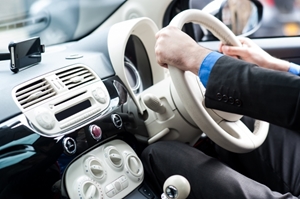 As we enter the business end of 2014, many people might be starting to think about 2015 and perhaps a new car.
As we enter the business end of 2014, many people might be starting to think about 2015 and perhaps a new car.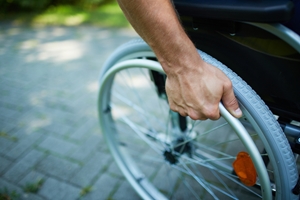 As demand for parking spaces increases, NSW authorities are seeing a rise in motorists using disabled car parking spaces illegally.
As demand for parking spaces increases, NSW authorities are seeing a rise in motorists using disabled car parking spaces illegally.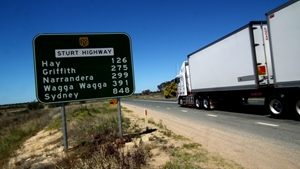 There is no doubt that the freight industry is one of the most important sectors for NSW.
There is no doubt that the freight industry is one of the most important sectors for NSW. Over the past few years, NSW authorities have had a major focus on drink driving. However, a new threat has emerged that will need serious attention in the years ahead – drug driving.
Over the past few years, NSW authorities have had a major focus on drink driving. However, a new threat has emerged that will need serious attention in the years ahead – drug driving.